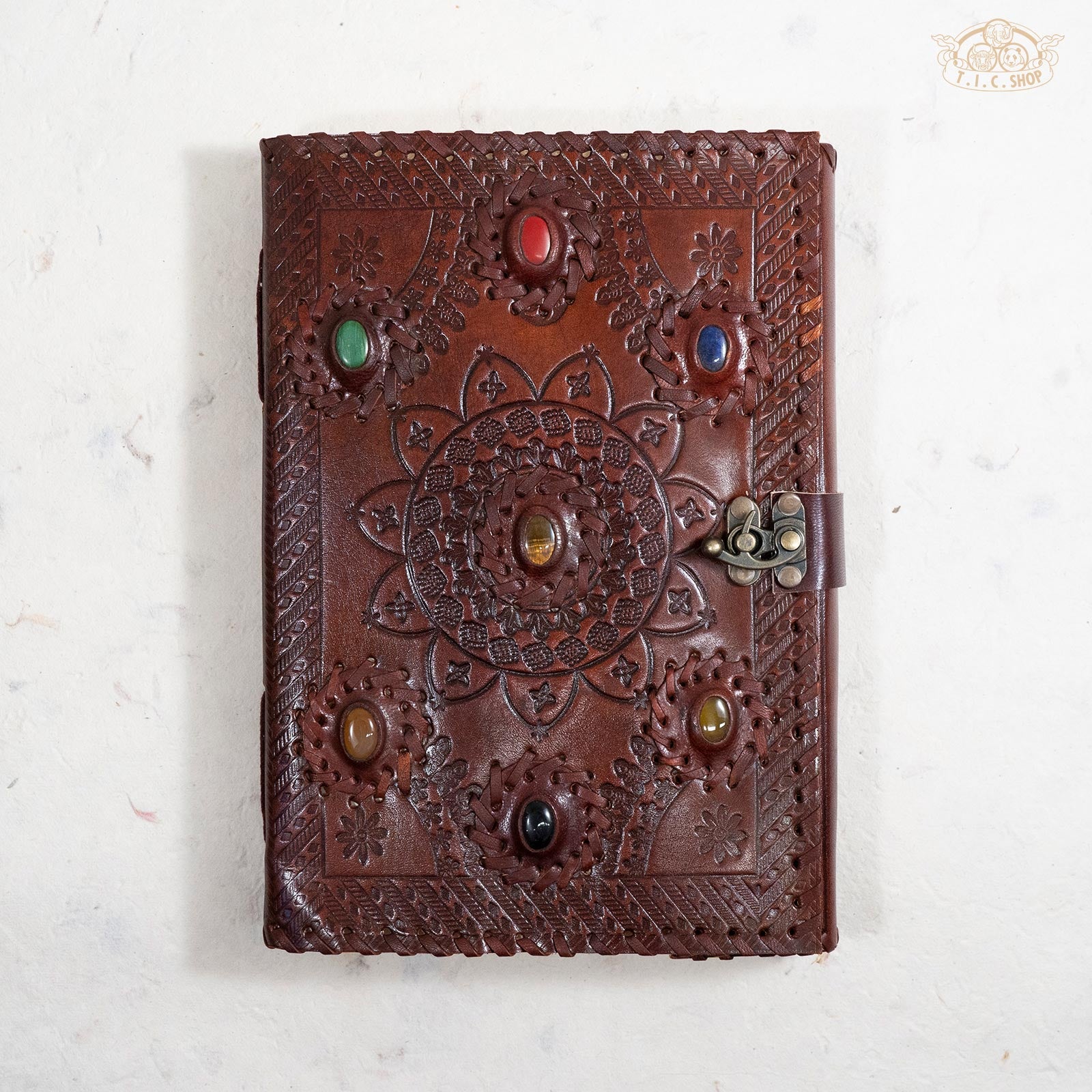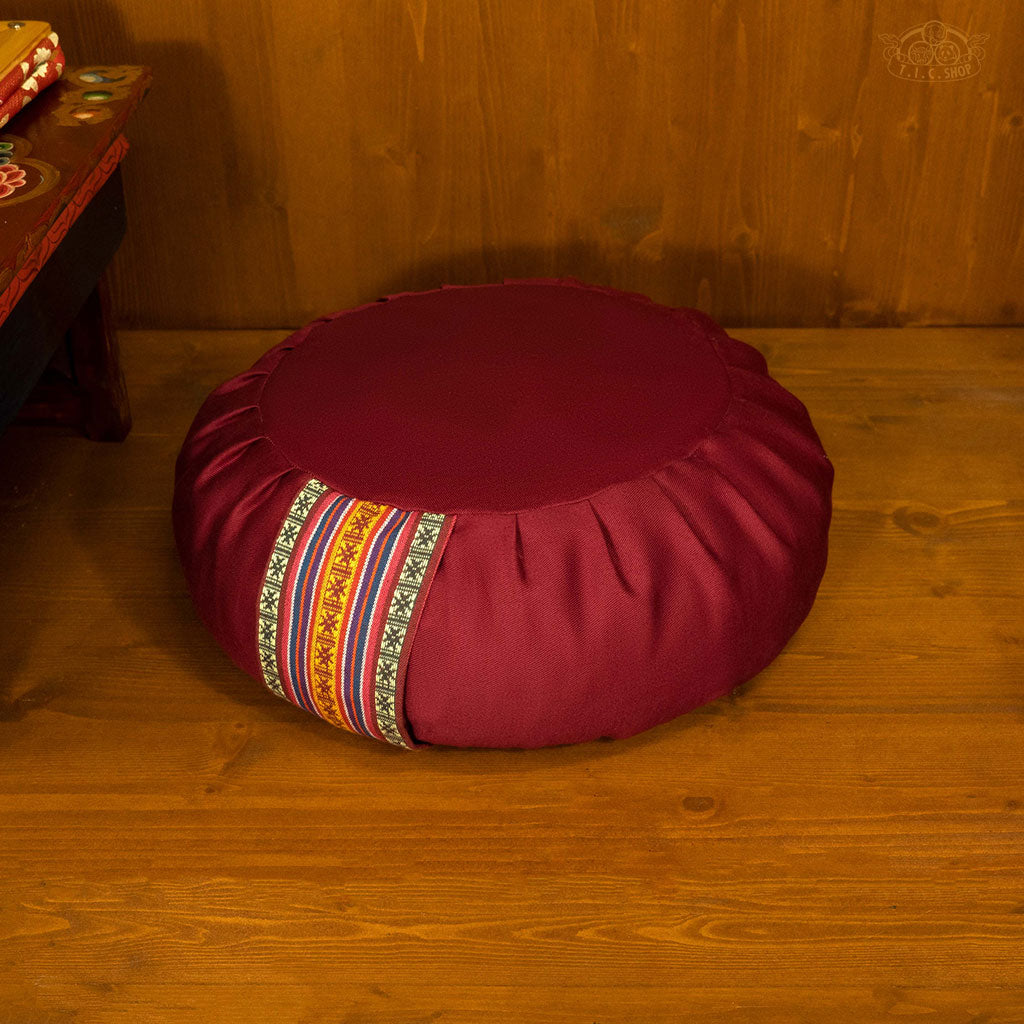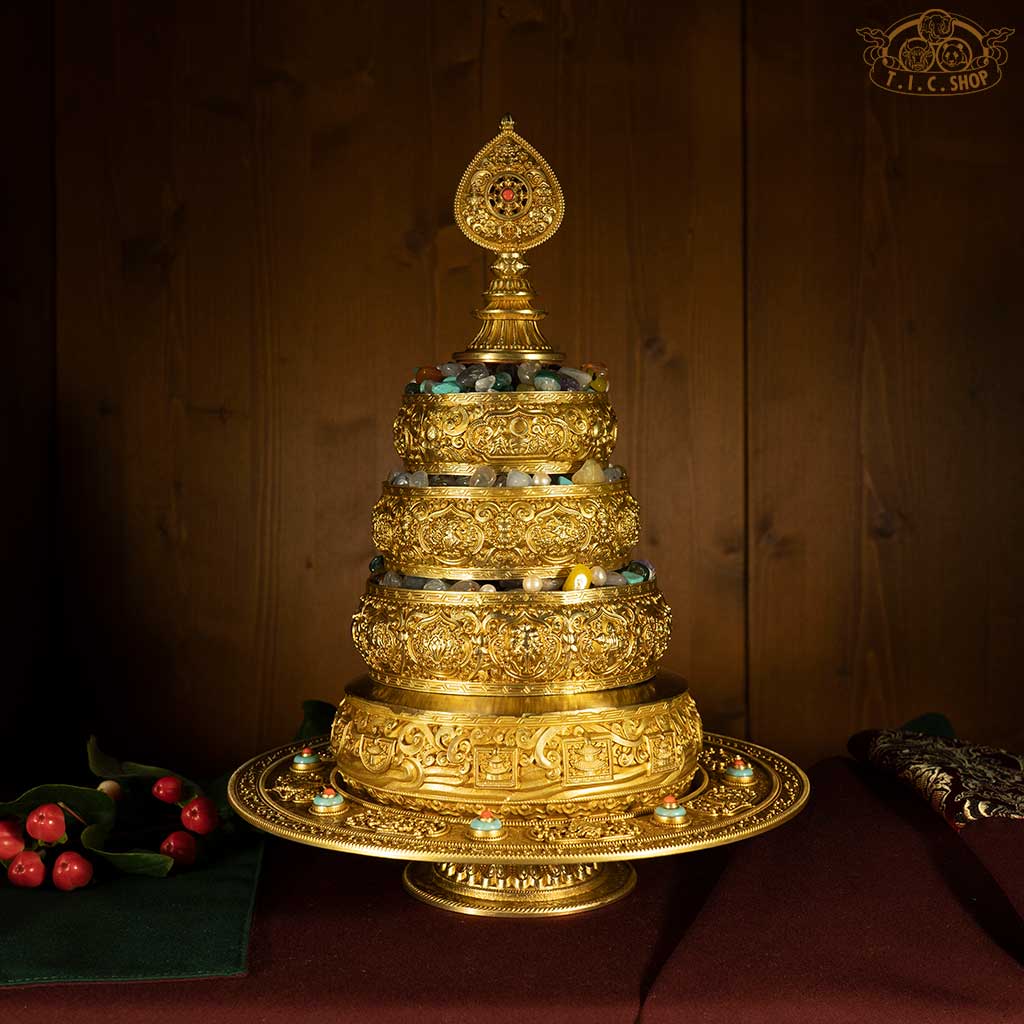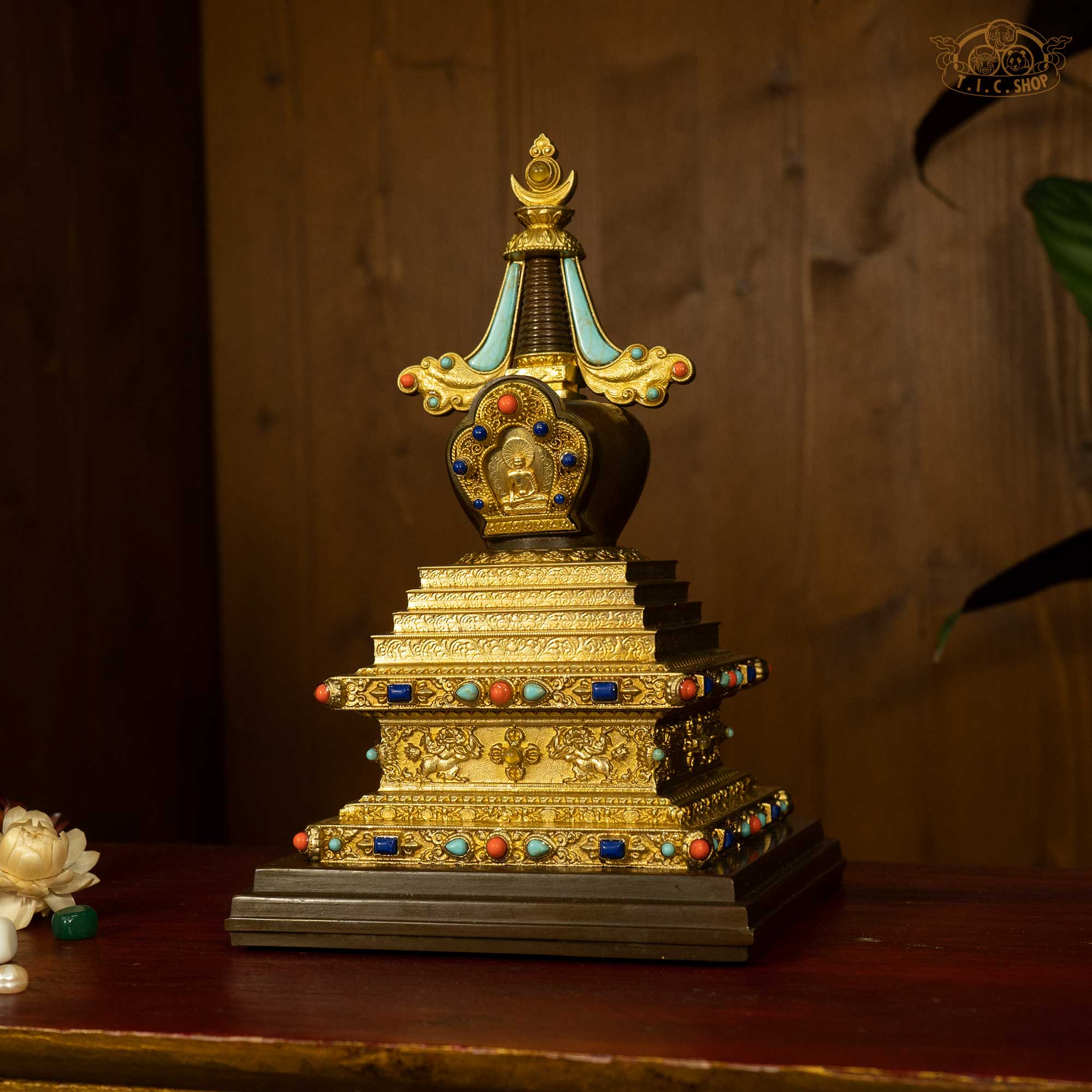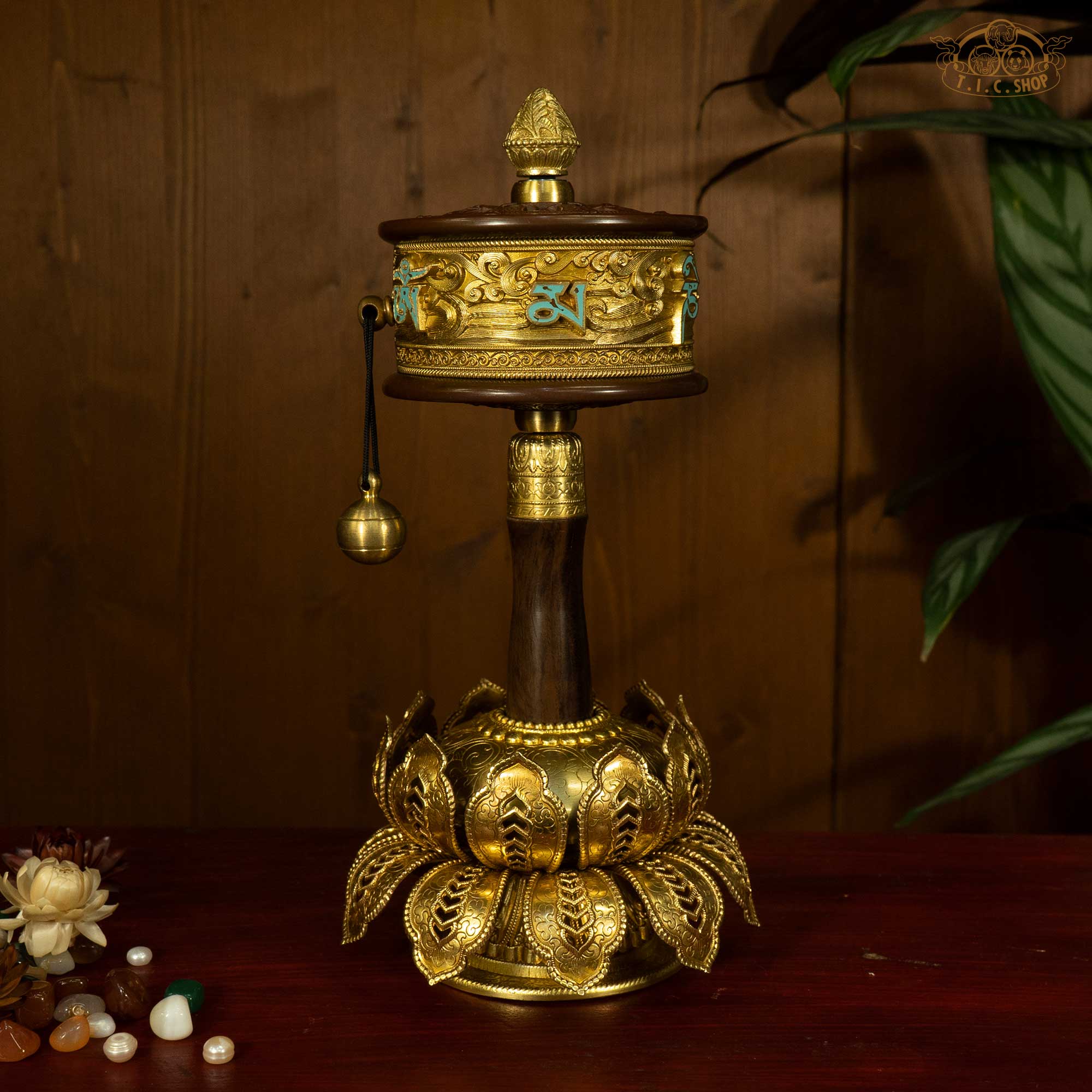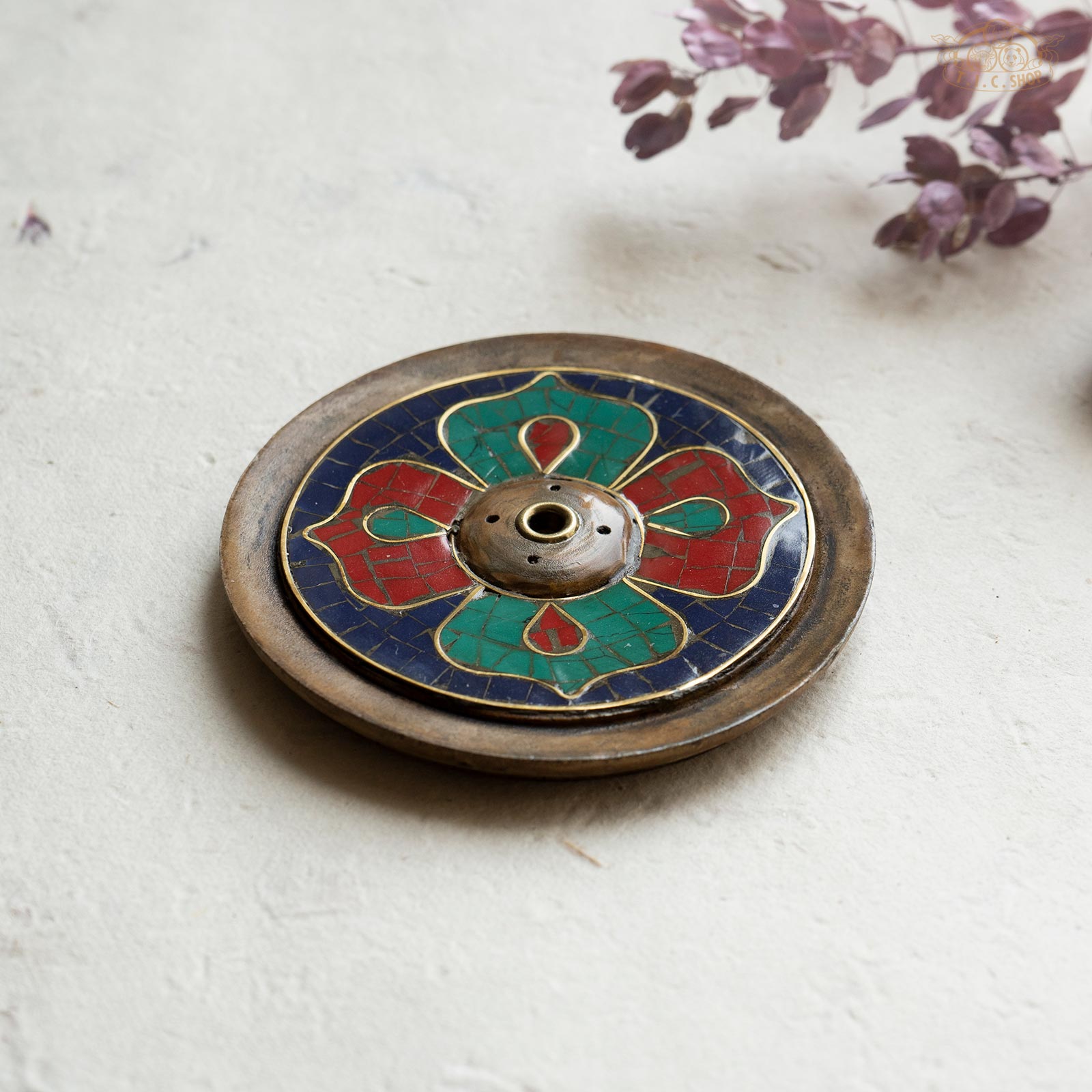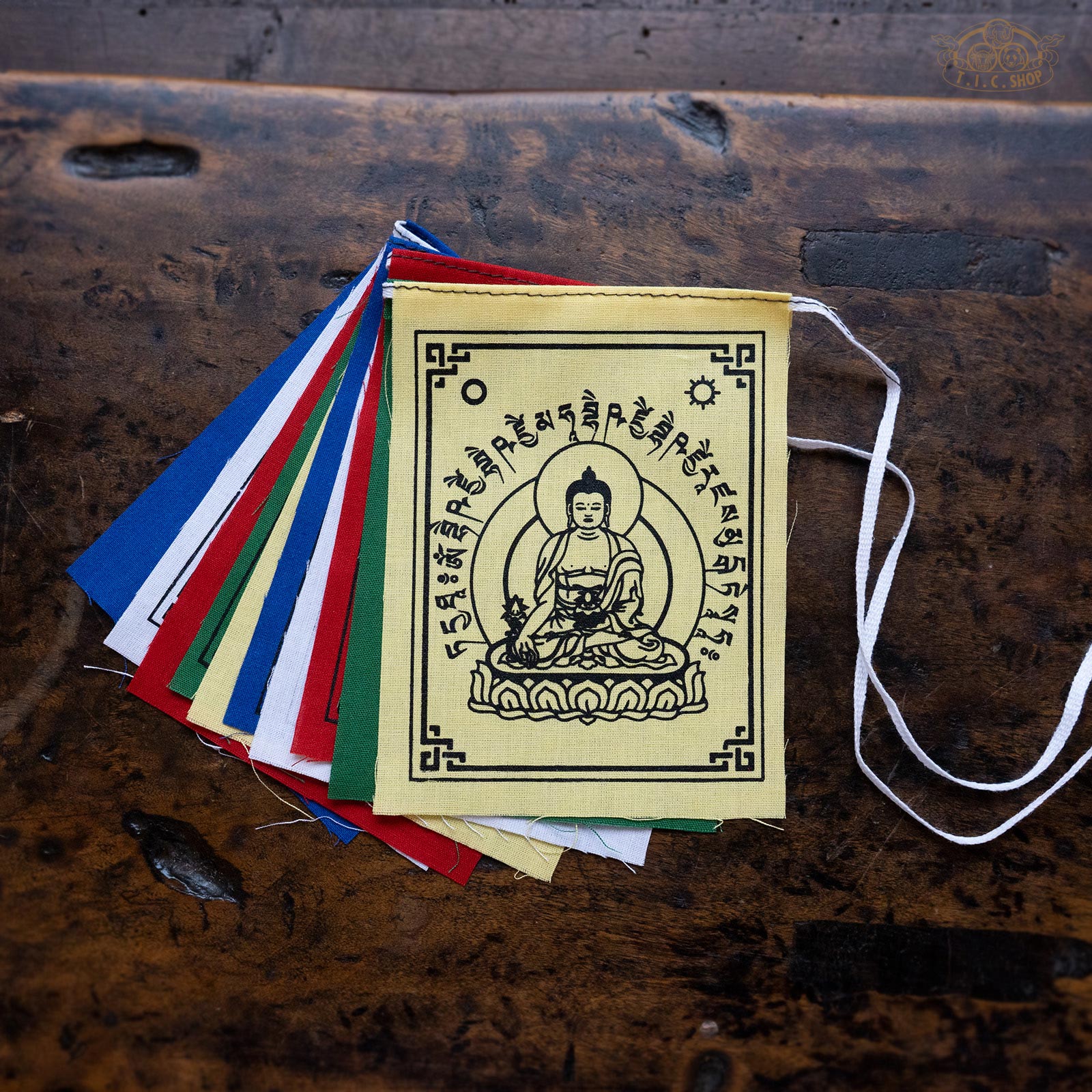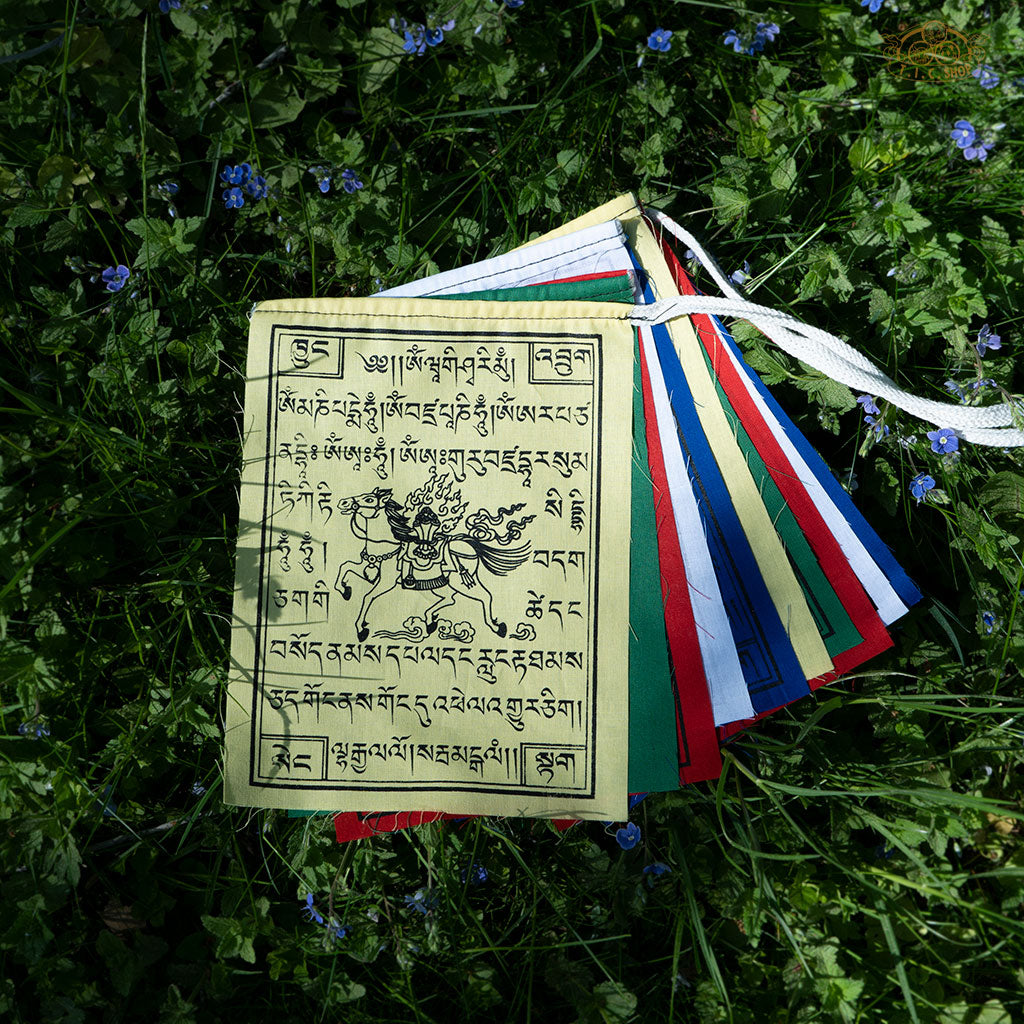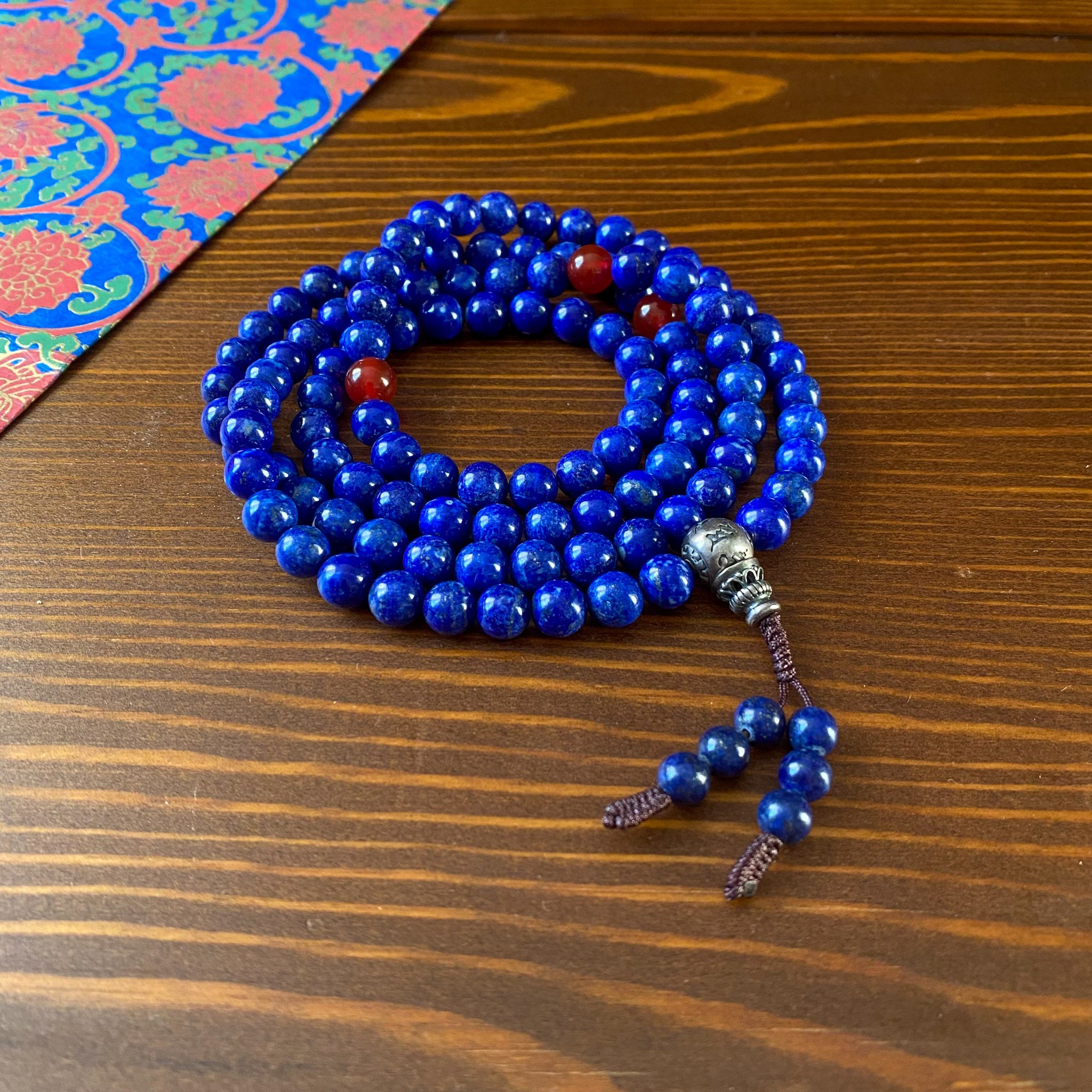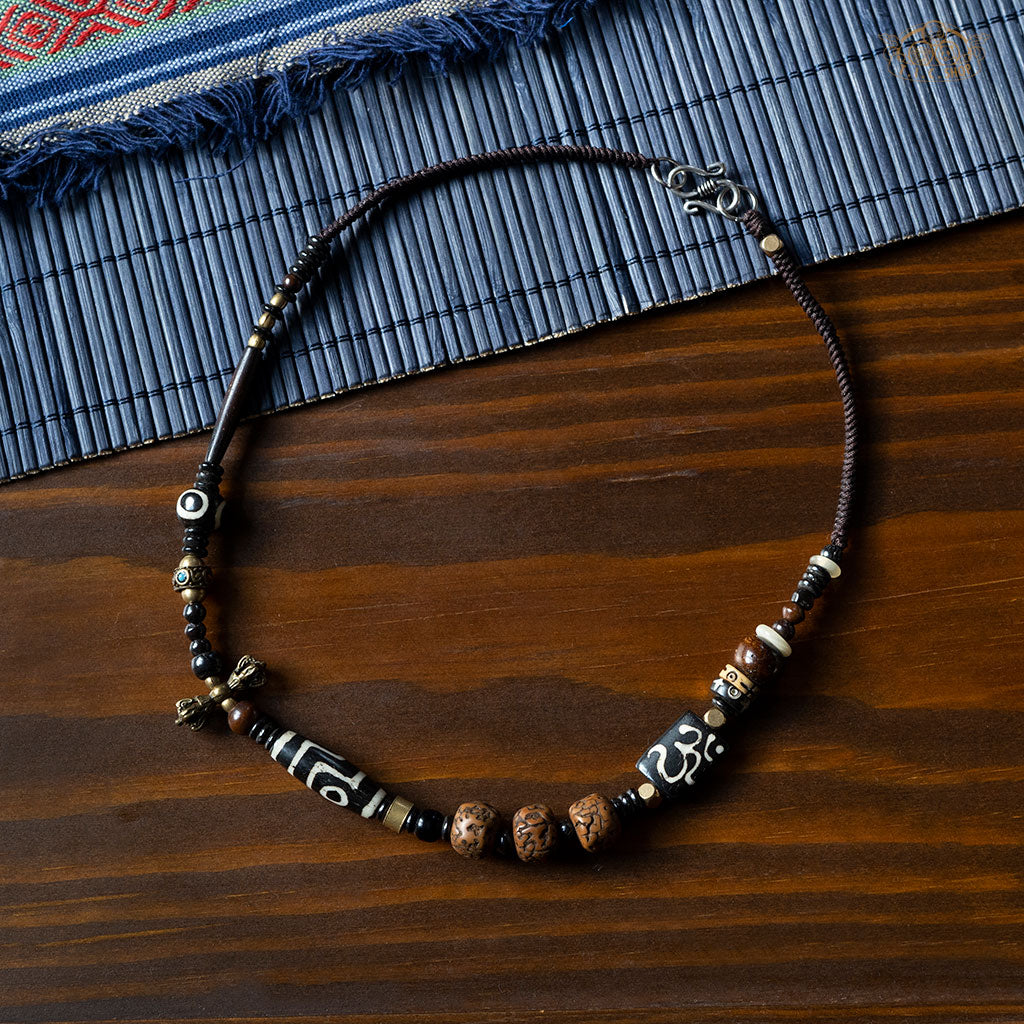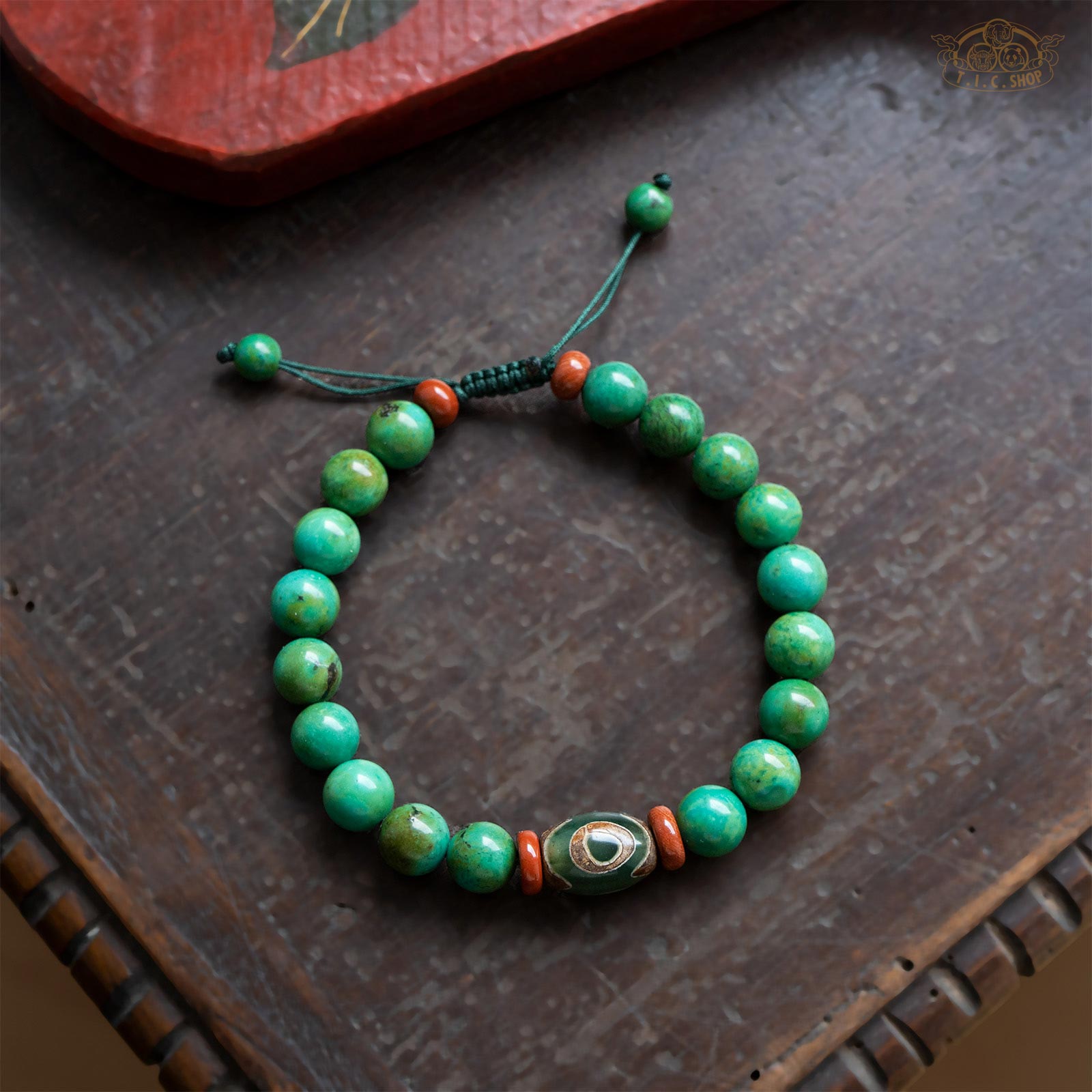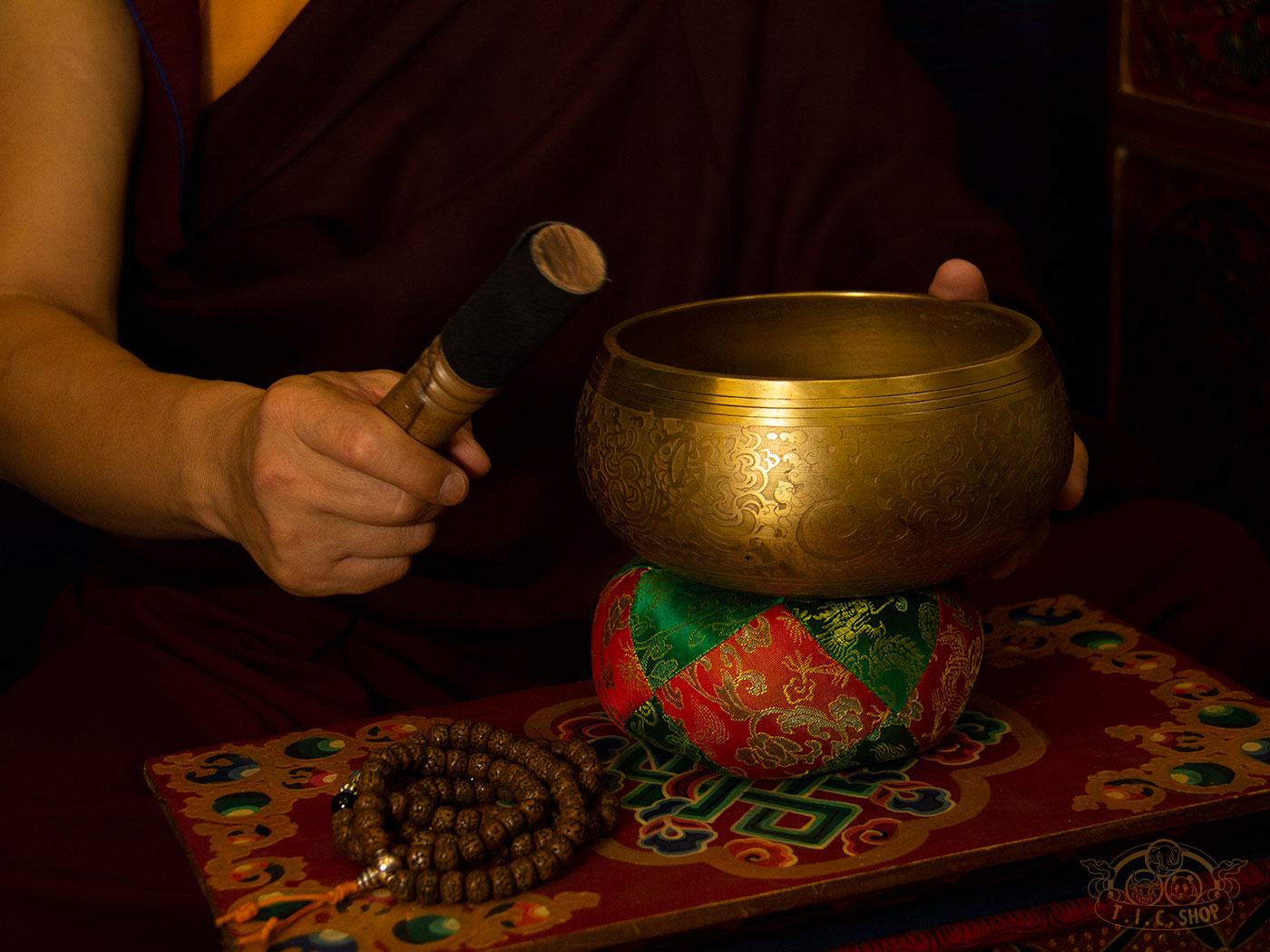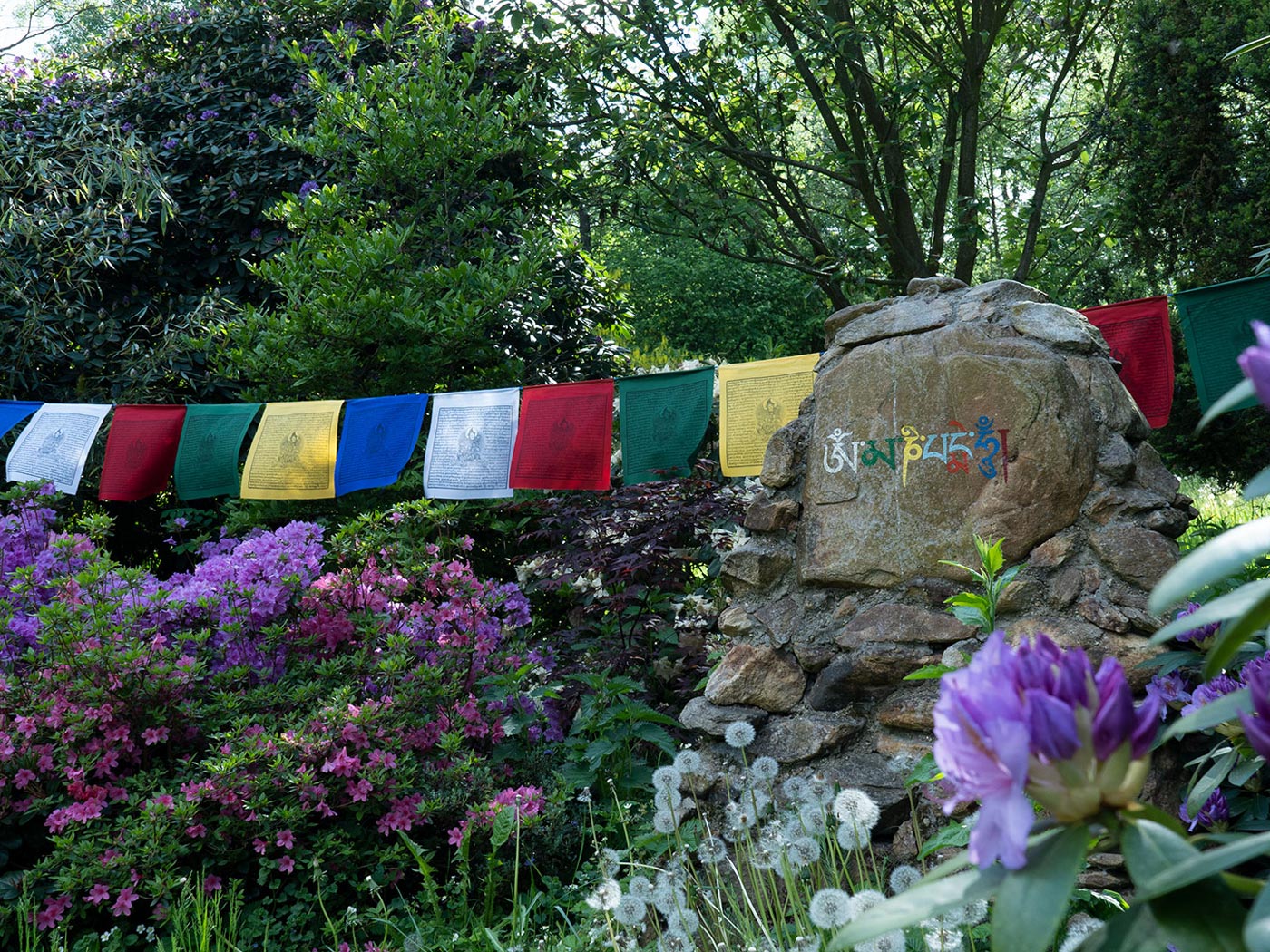For newcomers to Tibetan Buddhist meditation, in addition to understanding how to establish a dedicated practice space at home to cultivate mindfulness and facilitate meditation, it is also very important to understand some basic knowledge of meditation. Tibetan Buddhist meditation emphasizes posture as the foundation of practice. The postures adopted during meditation not only help with physical comfort, but also with mental clarity and spiritual connection. For this reason, we here quote the basic meditation postures and meditation breathing methods from Venerable Geshe Rabten Rinpoche's "Treasury of Dharma", hoping to provide you with clear and correct meditation methods for reference.
Meditation posture
Meditation is a means of controlling, taming and eventually transforming the mind so that the necessary freedom can be achieved which makes it possible to eliminate suffering. The most favourable meditation posture is what is known as the full-lotus position. If you find it difficult to sit in this way the half-lotus is also satisfactory. The main point is to sit comfortably, whether one is on the ground or on a chair. If we try to sit in a particular posture and experience pain in our legs and knees and are unable to sit calmly, our meditation session will be wasted and all we will think about is physical pain!
The hands should be placed at the level of the navel, the right on the palm of the left with the thumbs forming a triangle with the palms. If you have difficulty in keeping your hands in this position, you can put a small cushion underneath them to prop them up. The arms should be held slightly away from the body to allow the circulation of air. The shoulders should be erect and the spine straight. The head should be inclined slightly forward. You should not allow your eyes to wander but should focus them in the general direction of your lap in a relaxed, half-closed position. If you try to focus them on the end of your nose you will become tired and your eyes will begin to ache. The tongue should rest lightly against the palate and the mouth and teeth should rest in a natural position.
The reason for sitting in this way is that when one is meditating there is a tendency to forget about the body and this position allows the body to remain comfortably erect without having to make a conscious effort. The fact that the navel is contained within the triangular shape formed by the arched thumbs and the palm of the right hand will be useful in future practices. The body is kept erect so that the channels in the body straighten and the air element which circulates through them can pass freely. If we are breathing properly and the air is flowing through the channels correctly our mind will become clearer and our meditation will benefit accordingly. The head is slightly bent forward to keep the heat element from increasing which would cause us to become thirsty while meditating. Also, if the heat element were to increase we would tend to get headaches and a painful neck. The eyes are lowered to prevent the mind from wandering as a result of visual stimulation. They should not be completely closed as this would cause drowsiness and one might fall asleep. How- ever, it may be easier for some people to meditate with their eyes closed. If so, this is all right. The tongue should rest against the palate to prevent the throat from becoming dry. The mouth itself should be left in a relaxed, natural position with the lips gently touching.
Nine-round breathing meditation
Meditation is a mental activity. In order that we may use it to our advantage we must first calm the mind. Also, we must make an effort to purify the subtle energy channels in our body. We must attempt to clear them as much as possible so that they can function properly. There are thou- sands of these channels throughout our body but we shall be concentrating on the three main ones located near the spinal column.
When meditating, you should try to keep your back as straight as possible. If you do not, you will feel uncomfortable.
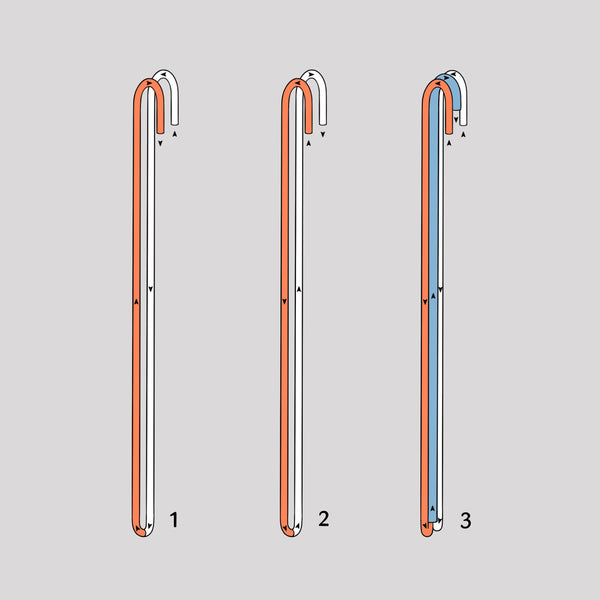
(1) We will begin this particular meditation by visualizing a thin, red channel within our body located on the right- hand side of the spinal column. These channels are composed of very subtle matter and should not be confused with physical arteries or veins. This red channel begins four finger-widths below the navel and travels upwards, just to the right of the spinal column, to the top of the skull, above the brain but below the bone. At this point, near where the skull is soft in a new-born child, it bends like the handle of an umbrella and ends at the opening of the right nostril. We should visualize this channel as being straight and smooth. In the same way we should visualize a white channel beginning four finger-widths below the navel and running upward along the left side of the spine, bending at the crown of the head and ending at the left nostril. We visualize the two channels as being about the size of the small finger, like two hollow tubes. In the right, red channel we visualize blood flowing and in the left, white channel, we visualize seminal fluid.
We will begin the meditation by visualizing the white channel as being inserted into the red channel at the point four finger-widths below the navel like a small, hollow tube fitting into a larger one. Having clearly imagined these two tubes joined four finger-widths below the navel one should then block the right nostril with the right index finger. We then inhale through the left nostril and visualize the air descending through the left channel. When it reaches the point at which the left channel is inserted into the right channel we then begin to exhale and simultaneously we remove the right index finger from the side of our right nostril and use it to block the left nostril. As we breathe out we visualize this inhaled air passing from the left channel into the right, rising up the right channel and being exhaled through the right nostril. As we do this visualization we imagine that the air flowing through the channels cleanses them of all impurities and that they are left clean and luminous, in much the same way as wind blows away dust. At the time of breathing out we can imagine that our right nostril is somewhat like a factory chimney pouring out the smoke of our impurities.
We should breathe slowly, calmly, and deeply both during the exhalation and inhalation. There is no need to force the breath. Breathe normally and as regularly as possible. At the outset there may be some difficulty because we tend to take shallow breaths, but gradually we shall become accustomed to the practice and our breath will naturally lengthen. We should do this cycle of inhaling through the left nostril and exhaling through the right three times. Imagine with each inhalation and exhalation that the rising air completely cleanses the right hand channel and that it becomes luminous like a channel of very subtle red light. When we have completed this cycle three times, thereby cleansing the right channel, we should then reverse the process and cleanse the left.
(2) We now insert the end of the right, red channel into the white left channel at the point four finger-widths below the navel. We now block the left nostril by applying pressure to the left side of the nose with the left index finger and then slowly and gently inhale through the right nostril. As the breath reaches the point four finger-widths below the navel we then use the same finger to block the right nostril and exhale slowly and gently through the left. We repeat this process three times. While doing so we imagine all the impurities of the left, white channel are expelled with the breath. The channel itself becomes pure and luminous like a radiant tube of subtle, white light. The channels themselves are supple and tender although they remain straight along the spine.
(3) We now visualize a third, blue, channel located between the other two. It also begins at the point four finger-widths below the navel and runs up along and slightly in front of the spinal column. When it reaches the crown of the head it curves like the handle of an umbrella and ends at the point midway between the eyebrows. This third channel is slightly larger than the red and white channels. It is the most important of the channels in our body and we will now purify it in a similar fashion. We visualize the red and white channels entering the blue channel at the point four finger-widths below the navel, again like two tubes fitting into a slightly larger one. While we are meditating we should place our hands in our lap, the right hand facing upward upon the left palm with the two thumbs forming a triangle with the palm. The navel should be level with the space in the middle of the triangle. We inhale and exhale through both nostrils but, in this visualization, we imagine the impurities leaving the central channel at the point between the eyebrows. We repeat this process three times. Having done so we imagine that this channel is completely purified and becomes of the nature of a subtle, radiant, blue light. Having completed this process we should continue to breathe slowly, gently and evenly, imagining our breath flowing freely through all the channels.
If we concentrate on this breathing practice it can be an excellent way to calm the mind and prepare ourselves for further meditation.

The six stages of breathing meditation
Having seated oneself in the correct posture one then begins to concentrate on the breath. This meditation on awareness of breathing has six divisions: counting, following, placing, investigating, changing, and completion.
1 Counting
Counting refers to the counting of the inhalations and exhalations. As we sit in meditation we breathe slowly in and out. Each cycle of one inhalation and one exhalation is counted as one. We count in this way to ten. At this time the mind should be totally concentrated on breathing. As there are drawbacks in counting either more or less than ten we will count to ten. While we are counting we should remain aware that now we are breathing in, now we are breathing out, and so on. If we breathe in while thinking that we are breathing out it will defeat our purpose! We must remain mindful of the cycle of breathing. If one does this exercise but allows the mind to wander it will be of no benefit. In the beginning we should breathe in a gentle, natural way. Eventually, our breath will become longer and deeper as a result of this practice. The mind must follow the process of breathing attentively, thinking of nothing else. Do not try artificially to lengthen the breath. When one is able to count ten inhalations and exhalations when out allowing the mind to wander and when the length of the breathing has increased as a result of the practice, the first stage of awareness of breathing will be completed. Only then should one move on to the second stage.
2 Following
The second stage refers to following the breathing. At first, with our mental awareness, we will follow our inhalation until it reaches the level of the neck and then, as we exhale, we will follow the breath to a point just beyond the nostrils in the space in front of us. When we can do this quite easily we then begin to follow the inhalation a little further down the windpipe to the level of the chest, and likewise, the equivalent distance out of the nostrils. Having become adept at this, we then follow the breathing to the level of the knees, and again, the same distance out of the nostrils. It may be easier for some of you to visualize the air passing through the channels as being like a thin line of incense smoke. If this is done, it is important to remember that the breath itself has neither form nor colour and that this is only an aid to the visualization. Continuing in the same way, you should then visualize the breath going to the level of the feet and then out of the nostrils the corresponding distance.
Although I am explaining this quite quickly, when you are meditating you should proceed in a slow and gradual manner, first mastering each step before going on to the next. Each successive stage will take a great deal of time. It is like building a house; one cannot do it in one day. It is done brick by brick. But if the work goes on day after day the house is eventually built. This meditation is similar. We must do a little each day and will progress as a result of our continuous effort. As the meditator continues in this practice he visualizes the breath being inhaled out beyond his feet and likewise exhaled a corresponding distance from the nostrils. When this second stage of breathing awareness has been perfected, the meditator is able to follow his respiratory cycle beyond the end of the feet without the mind wandering at all. Only then can the meditator proceed to the next stage.
3 Placing
When a meditator becomes proficient in the third stage, placing, he or she will be able to visualize the breath as if it were a thin line of incense smoke which remains immobile and extends from the nostrils down to the feet. At that time there is no longer any inhalation or exhalation. This is not accomplished by inhibiting the breathing but is the natural outcome of the practice. The meditator will now be able to stop his breathing at will and without force and to keep his mind fixed on the image of the breath as a long, thin line of smoke. Also, he will be able to use a small part of the mind to investigate what is happening in his body; for example, what his physical sensations are at the time of being absorbed in this meditation. It is important that all these practices be done without forcing the breath. One should be relaxed and at ease. If you try to overdo things the mind will become tense and upset and the practice ineffective. When the meditator is proficient in this practice he or she will be able to breathe calmly and evenly, to stop his breath and to remain concentrated for long periods of time. These abilities will arise naturally as a result of the practice and should not be prematurely forced. By doing this exercise one gains control of the breath and as a result, of the mind. Both the body and mind will become relaxed and supple. When we have achieved this complete control of the breathing and with it of our mind, we shall no longer have to force ourselves to meditate, nor need anyone else to encourage us. We will want to meditate just as some people like to sleep. A person who enjoys sleeping need not be told to do so. He sleeps because he likes to!
The same will happen with our meditation. Although we will not be able at present to do this third stage of placing properly we should nonetheless familiarize ourselves with it, as it will be good training. Our principal practice will be the first breathing exercise and from time to time we should do the second and occasionally the third. Eventually, when these three stages have been completed, the meditator can move on to the fourth stage.
4 Investigating
In the fourth stage, investigating, the mind is mainly focused on the breath, but at the same time a small part of it analyses and investigates the nature of the air that is being breathed in order to understand that this air is composed of various elements, earth or solidity, water or fluidity, fire or heat, and air or motility. Also, that it has a form and odour, a taste and can be touched. This air is therefore composed of eight parts or elements. This explanation is only to give you an idea of what happens at the fourth stage of investigation but for the time being we should not try to do it as it would be too complicated. When this stage has been perfectly mastered we can move on to the fifth, that of changing.
5 Changing
I will not speak about this stage yet as it cannot be started until one has meditated a great deal and achieved a fairly advanced state of development on the path. For those of you who have some familiarity with the Dharma I will mention that it is related to the path of accumulation. Eventually, by making continuous efforts, the meditator reaches the sixth stage of completion.
6 Completion
At this point he becomes an Arya, or one who has reached the path of seeing. This is followed by the path of meditation and that of no-further-practice. For the present we should only be concerned with the first three breathing exercises. I have mentioned the last three only to give you some idea about them. They can be practised only after mastering the first three. We should understand that awareness of breathing is not only simple mindfulness of breathing, but includes these six stages and the entire process involved in developing them. The result is complete mastery of the mind.
Regardless of whether one is young or old, now is the time to begin practising these methods to gain control of the mind. Young people in particular can devote a great deal of time and energy to this. Also, because they have strong and healthier bodies they can achieve very satisfactory results. If we find in life that we are experiencing unhappiness and pain it is a result of our not having gained control of the mind. Rather, we allow ourselves to follow wherever it leads and we become hopelessly entangled in frustrating problems. Now, we must begin to develop some control and eventually become its master. There are many great thinkers on this Earth, but most of them are concerned solely with external matters. Here, we are concerned with what goes on within the mind. We must reflect upon and observe this. There are very few people who use their mind in this way. For this reason, our meditation on breathing is far more important than just thinking about trees, mountains and where we would like to take a holiday. If our attention is focused primarily on externals our mind will flit to and for and there will be very little semblance of order. On the contrary, if we concentrate on our breathing we will be focusing our mind on a single object and thus preventing it from wandering aimlessly. This is a key practice if we want to gain control of the mind.
Before doing this awareness-of-breathing meditation it is best to begin the session by cleansing the three channels with the nine-round breath meditation. Furthermore, this exercise will be advantageous in later, more advanced practices when the same channels will be used. But if someone finds this practice difficult it is not necessary that he or she do it. They may omit this exercise and begin with the counting of the breaths. One should do the meditation practice which one finds most beneficial. It is like taking the right medicine to cure a disease. We do not take all the possible remedies when we are sick but choose the one most appropriate to our particular illness.
By starting these breathing awareness exercises, we have begun to practise meditation. There are two kinds of meditation, investigative or analytical meditation, and concentrative or single-pointed meditation. The counting of breaths and the exercise using the channels are in the latter category. We can alternate our practice of breath awareness with contemplation on various aspects of the teachings that we have heard; for example, on the nature of the three kinds of suffering, their causes and conditions. We can consider whether or not these ideas are confirmed by our own experience. And if so, why. In this way, we can alternate analytical meditation with concentrative meditation.
The above chapters are excerpted from "Treasury of Dharma". If you want to learn more about it, please click this link to purchase this book.

